The Million Dollar Mistake
What's the real cost of (bad) data? One of our customers recently shared this story with us. His exploration firm was prospecting for oil and gas and contracted to acquire seismic data for a promising area of interest.
Preparations were made, partnerships formed, permits executed, and logistics finalized. The seismic crew successfully obtained the data, which was processed and integrated with the rest of the exploration map data. After processing, integration, and interpretation, a well location was chosen based on the information. The company promptly proceeded to drill a duster.
What went wrong? Well, naturally there's always bad luck, but this project had problems beyond that. During the postmortem, they discovered that the wrong datum - the model of the shape of the earth - had been associated with the seismic data, resulting in an apparent shift of 400 feet - enough to miss the geological objective, and enough to make a difference between a producing and non-producing well.
Many companies have data where the datum is improperly documented. Is it NAD83? Is it NAD27?
This project highlights the difference between accuracy and precision, which are NOT the same things. The seismic data in this example was locally very accurate, but imprecisely located in the big picture! Unless both variables are supported by your workflow, you will have variables that are wildly out of control. Having best practices for the treatment of project data while using the best possible data sets for mapping reduces the overall number of variables carried into an expensive project.
How much money was thrown away? This time, the project exceeded more than a million dollars in data, planning, and drilling costs for a fairly shallow Midcontinent well, and it's failure can be directly linked to poor data management practices.
One can see that poor quality data sets also contribute to project failure. Have you seen a map where the lines representing the same boundaries do not coincide? This problem abounds in exploration maps. This map screenshot is an unedited example from a popular - and free - map server that is widely available and commonly used. It's a glaring example of data disconnects where:
The state boundaries are represented multiple times in different ways.
The different versions of the state boundaries are miles apart.
The same Federal land boundaries are miles apart.
Which version do you believe? Is this knowable if you don't know the history of the data? Would you trust such a map to make critical and expensive decisions? These are the questions you should ask about any data you are using - including your own. What is its accuracy? What is its precision? What is its vintage and frequency of update? If I don't trust a piece of information, what recourse do I have to research how it got into my data?
In summary, it is crucial that a complete "chain of title" underlies a data set, and that questionable data can be identified and researched - before they snowball into bigger (and potentially expensive) problems. Good data and project datasets are fully documented with metadata including the datum and coordinate system they use, plus the source, history, vintage, and frequency of update of the data. Doing your homework up front and working with quality information is going to make for better decisions at the end of the day - and better decisions get better results. Although you can never entirely rule out bad luck.....
Ask The Expert
What is the most important aspect to consider with exploration data sets?
Knowing exactly what you have - having all variables documented either by a specific quantity or an acceptable range. Without a clear understanding of the quality and characteristics of your data, you leave yourself open to introducing error, which can propagate exponentially into highly expensive mistakes. -RW
I've acquired a data set that poorly fits another data set. What do I do?
As a general rule, you should conflate (fit) the poorer quality data set to the data set of higher quality. There are instances where this should NOT be done - particularly if data accuracy varies with time. It's a judgment call where the more you know about your data, the better a decision you can make. -RW
Is free data appropriate for a multi-million dollar exploration project?
Only if you're willing to roll the dice on your project. -RW

